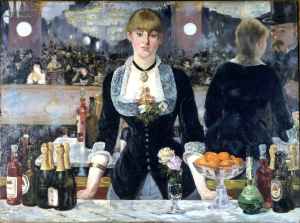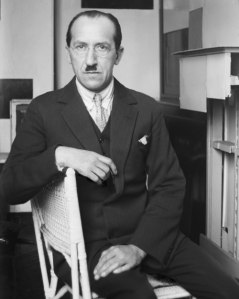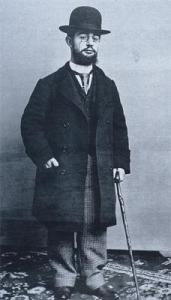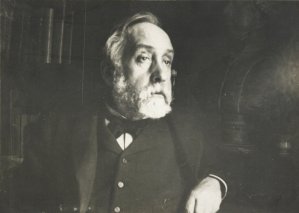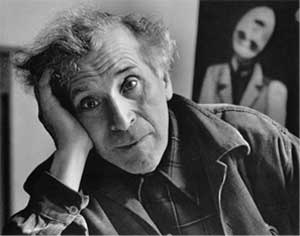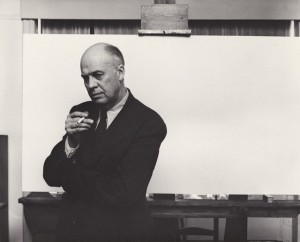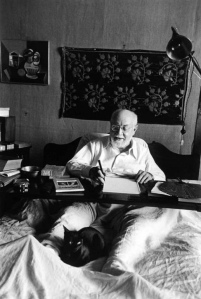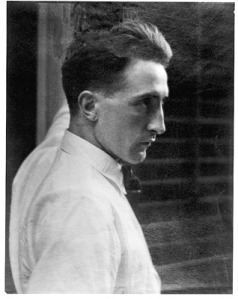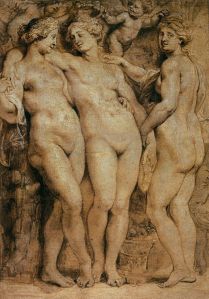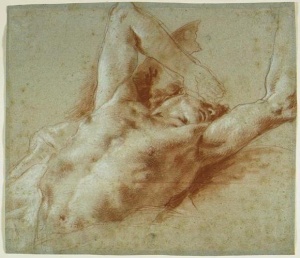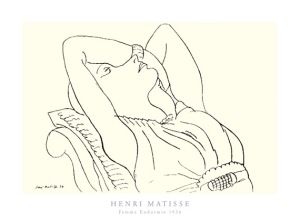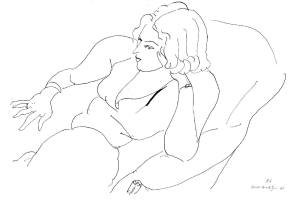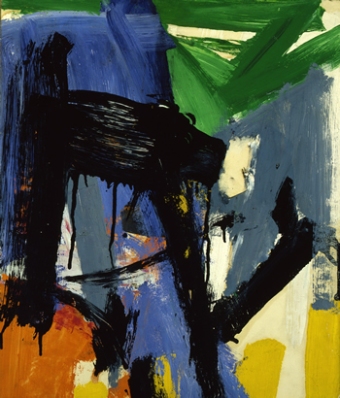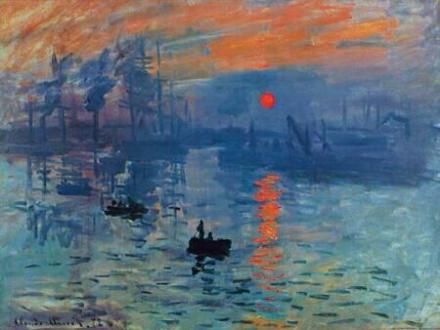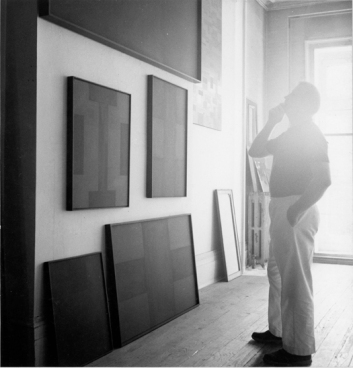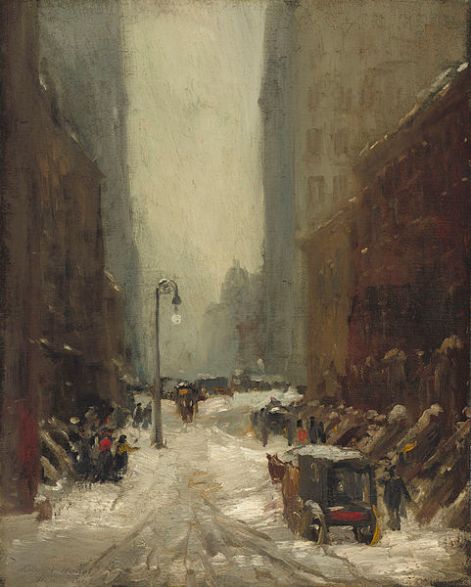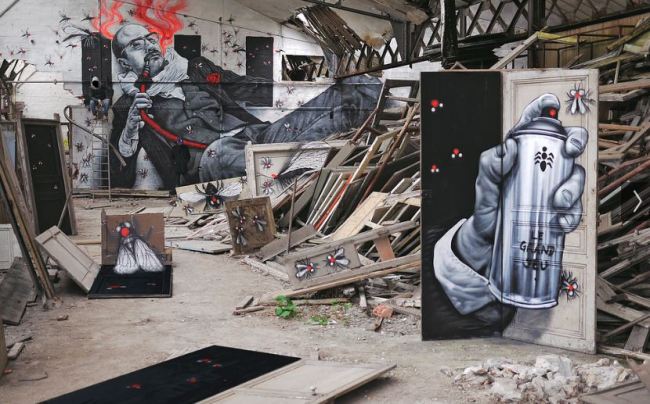Recently, the Whitney Museum of American Art took a risk by relocating to a brand new building in the Meatpacking district in New York, breaking away from ‘museum mile’ to head downtown. Realizing the importance of this exciting time of transition, I decided to join the museum as a Founding Contemporary member so I could be a part of this historical moment for the Whitney. Before the museum opened to the public, I attended the opening reception preview of the current exhibition, America is Hard to See. This excellent show highlights the museum’s permanent collection, and affords visitors the opportunity to view works that have been in storage for many years due to the lack of space in the old building.
My most exciting take away from my inaugural visit to the new Whitney was a blunt realization of one of my “new” top 5 favorite artists. I put “new” in quotes because over the past three years I have been consistently drawn to this particular artist’s work without really putting a formal consciousness to this fact, and thus a deeper look into the broader history of who he was. At the reception, I was yet again blown away by one of his works and finally identified my own trend through a wildly beating heart—Stendhal syndrome is real, friends. Tomorrow marks what would have been the 95th birthday of this amazing artist. His name – Franz Kline.
Born in 1910, Kline moved to New York in1938 just before the height of the Abstract Expressionist movement—a movement he would be an important contributor to. Struggling for many years as a figurative and city scape painter, in 1950 Kline finally received his ‘big break’ that would solidify his presence on the New York art scene: a solo show at Charles Egan Gallery introduced the art world to Kline’s large black and white gestural paintings. The show was a huge success and would become his most recognized/sought after imagery.
The work located at the Whitney Museum is titled Mahoning, 1956. It is a breathtaking example of his black and white abstractions that hover between Oriental calligraphy and grid-like imagery. The stark contrast between the energetic black brushstrokes and the white background adds to the emotive strength of the work. This emotion is embedded in the act of painting itself; instead of any particular “meaning” the works are instead supposed to make you feel. As Kline is famously quoted, “The final test of a painting, theirs, mine, any other, is: does the painter’s emotion come across?”
Unfortunately, Kline is another great painter who was taken from us too soon. He died of heart failure in 1962, days before his 52nd birthday on May 23. Today we honor everything he was able to give us in the precious years he did have; an oeuvre which evokes great emotion that I am eternally grateful to be able to experience.
Here are Kline’s top selling works at auction, as well as the Whitney’s Mahoning in permanent holding.
Untitled, 1958, sold for $40,402,500 Premium at Christie’s, November 14, 2012
King Oliver, 1958 sold for $26,485,000 Premium at Christie’s, November 12, 2014
Steeplechase, 1960 sold for $21,445,000 Premium at Christie’s, May 13, 2015

De Medici, 1956 sold for $11,058,500 Premium at Christie’s, November 14, 2012

Shenandoah, 1956 sold for $9,322,500 Premium at Christie’s, November 13, 2012

Flanders, 1961 sold for $9,210,000 Premium at Christie’s, May 12, 2015
Mahoning, 1956, Whitney Museum of American Art Permanent Collection
heART,
Candy







